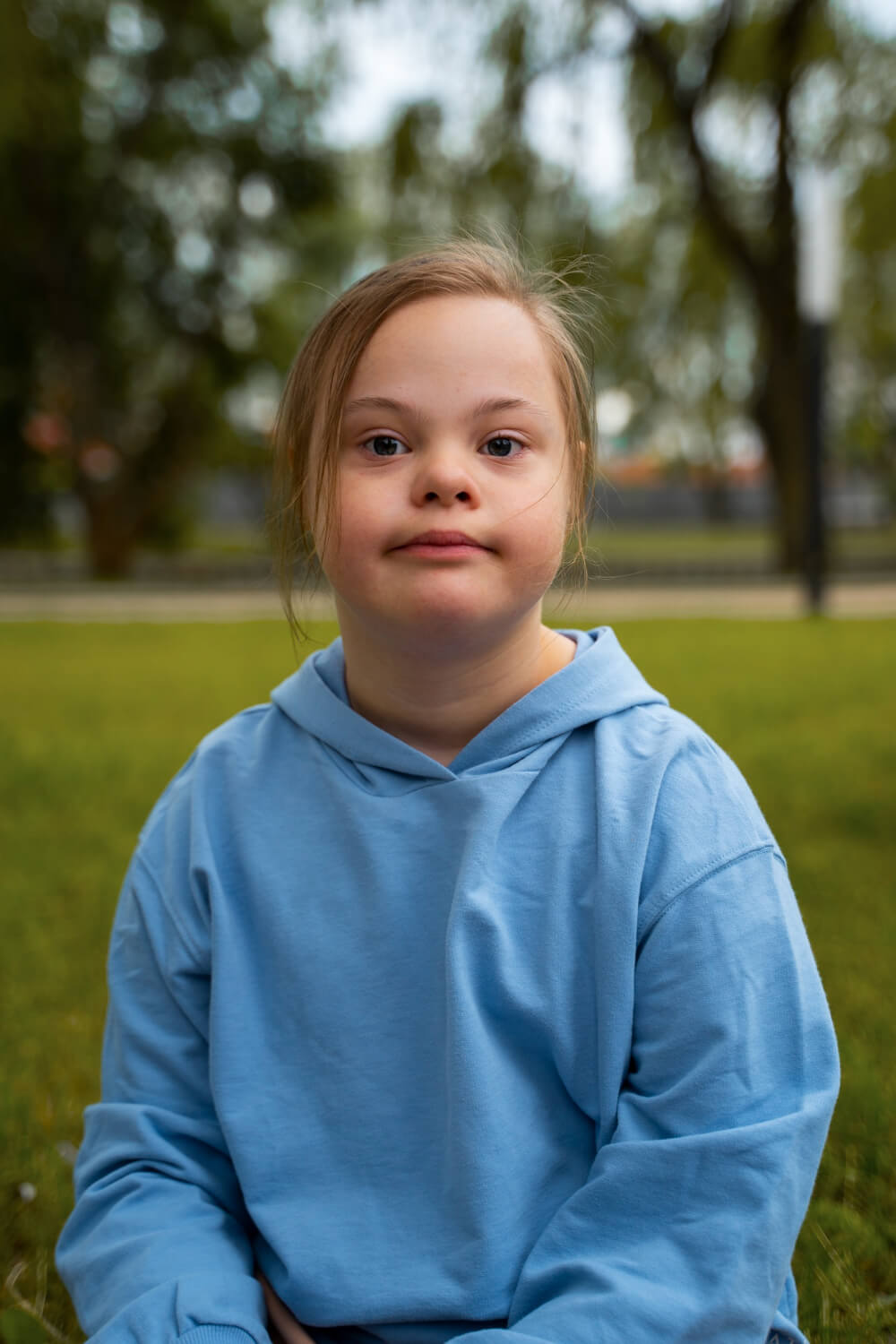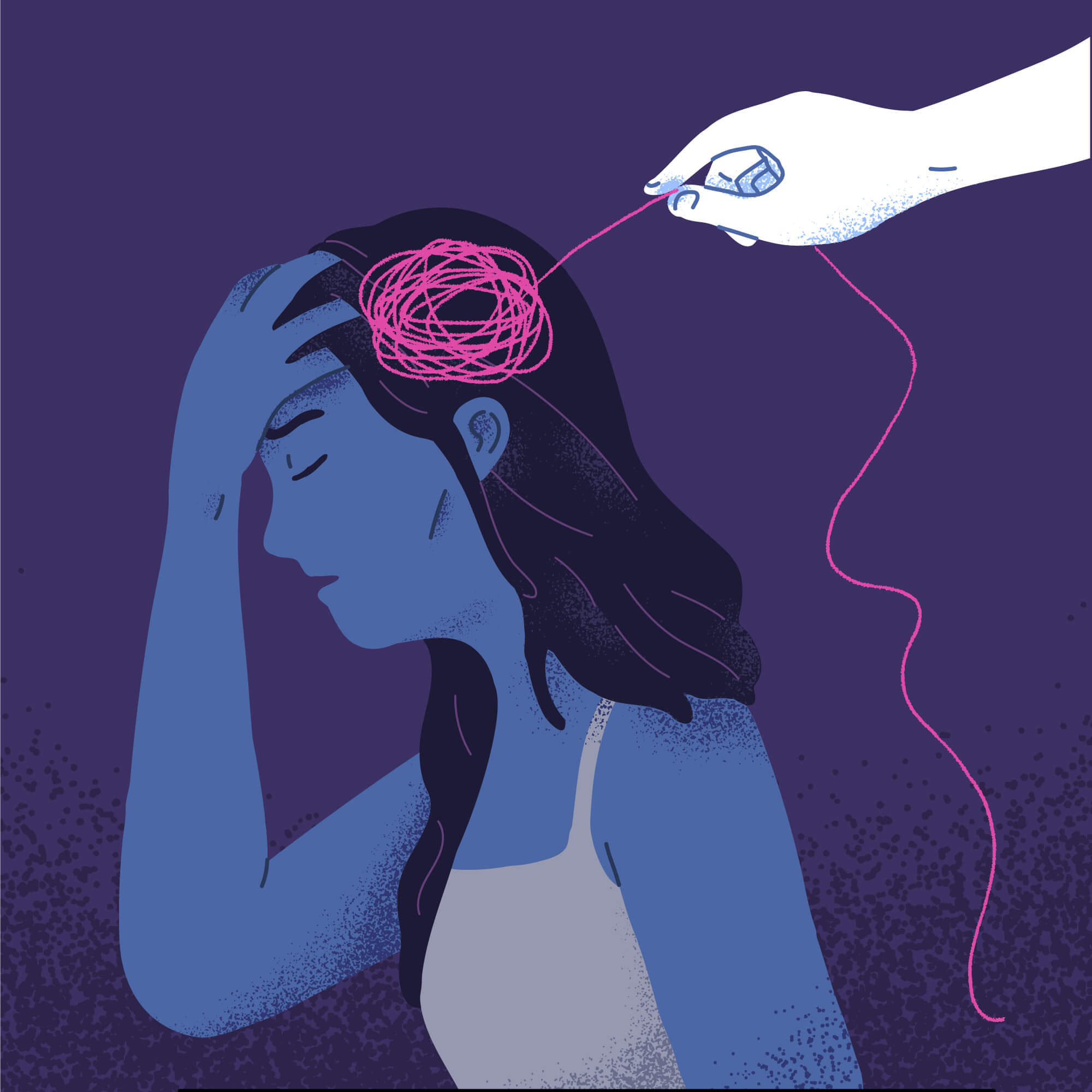An editorial reflection and response to The Canary Collective’s July 29 post
When families reach the end of their rope with a school—when they’ve tried everything they can think of and their child is still suffering—the next instinct is often to go higher. In British Columbia, that usually means the Board of Education. The assumption, deeply human and entirely understandable, is that someone in power will care. That if trustees hear what is really going on, they will step in and make it right. That the system just doesn’t know what’s happening, and that once it does, things will change.
But this is where many parents learn the most painful truth of all.
In their searing July 29 editorial, The Canary Collective lays bare what many of us have come to realise after months—or years—of trying: school trustees are not there to protect our children. They are legally bound to protect the institution. Even when the institution is the source of harm. Even when the harm is documented. Even when the child is falling apart.
The School Act spells it out. Trustees have what is called fiduciary duty—a legal obligation to act in the best interests of the school district, not the student. They must protect the district’s reputation, uphold its policies, and make decisions as a unified corporate body. Even the so-called “appeals” process that seems to offer families a chance at fairness is ultimately heard by the very board that is required to preserve the system itself.
There is no neutral ground here. Only theatre.
I know this because I tried
In March 2023, I filed a Level 2 appeal with the Vancouver School Board after the district removed support from both of my autistic twins. I had followed the proper process. I had submitted my Level 1 materials, received a decision, and indicated my intention to move to Level 2 within days. According to policy, that meant the appeal should be scheduled promptly. Forty-five days was the legal window. We were already at day 39.
I wrote to a Trustee, attaching every document, every attempt to follow the rules, every record of delay. I copied a family advocate. I asked the Board to act.
She replied politely, the way trustees always do. She said she had followed up with staff and that the appeal was a priority. The meeting did not get scheduled within the legal window.
Nothing changed for my children.
And in that moment—though it would take me months to fully say it out loud—I understood that even the most well-meaning Trustee is working inside a structure that is designed to shield the system from liability, not to deliver justice. Even when Trustees listen, they cannot act. Even when they care, they cannot interfere. Even when children are harmed, they cannot speak.
Canary says it plainly—and they are right
“Trustees cannot fix a system they are legally required to preserve.”
— The Canary Collective, July 29, 2025
This sentence shook something loose in me. It explained why every parent I know walks away from the appeal process more broken than before. Why the energy required to plead for your child’s safety always ends in emotional collapse. Why the most earnest emails receive only the most sterile replies.
When an institution designs its accountability mechanisms to answer only to itself, those mechanisms do not fail. They succeed in protecting the system from scrutiny, in exhausting the families who ask too many questions, in insulating the district from the weight of children’s suffering.
The Trustees do not save your child. They save the district.
Read the original post by The Canary Collective: Fiduciary Duty: Why School Trustees Protect the System, Not the Students
-
The problem with the appeals process
When something goes wrong at school—when a child is excluded, harmed, or unsupported—families are told to “work it out with the school first.” That sounds reasonable on paper. But in practice, it’s vague, unstructured, and often retraumatising. I’ve gone through the Vancouver School…
-
The unseen wounds of advocacy: caregiver burnout, moral injury, and embodied grief
Caregiver burnout in BC schools reflects moral injury and systemic betrayal, as mothers fight exclusion and harm while advocating for disabled children.









